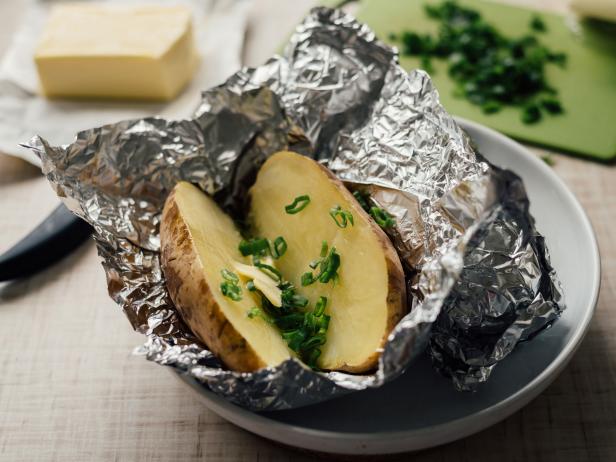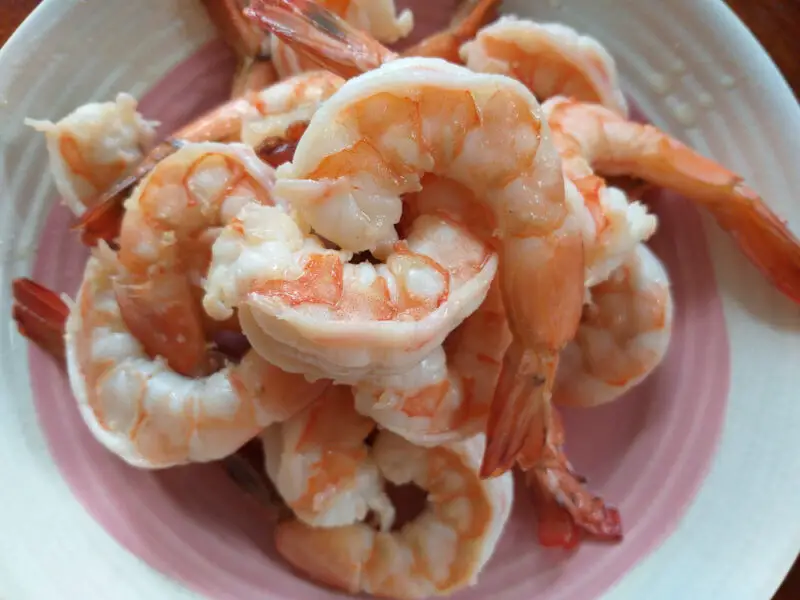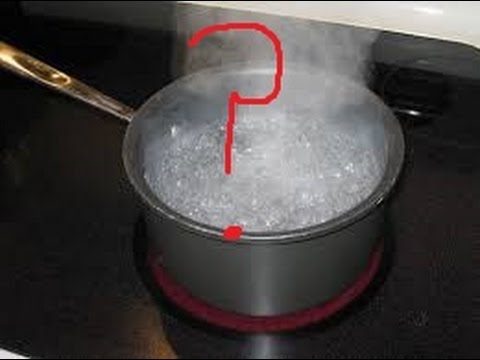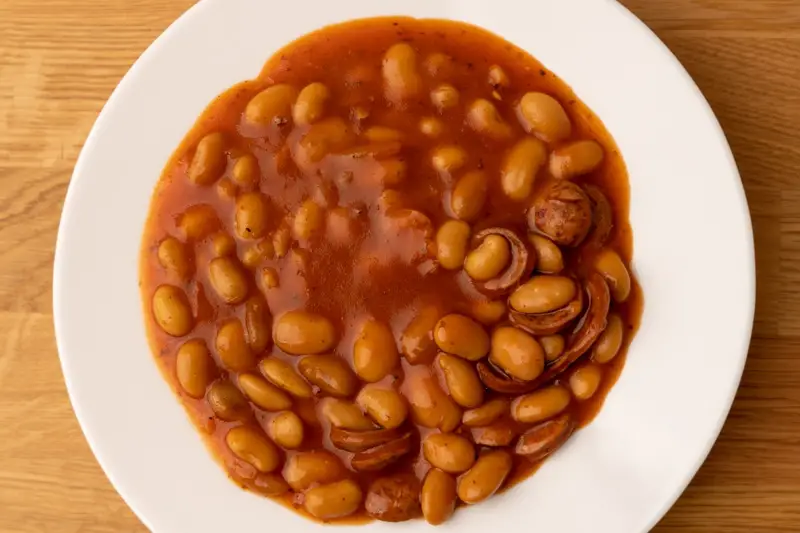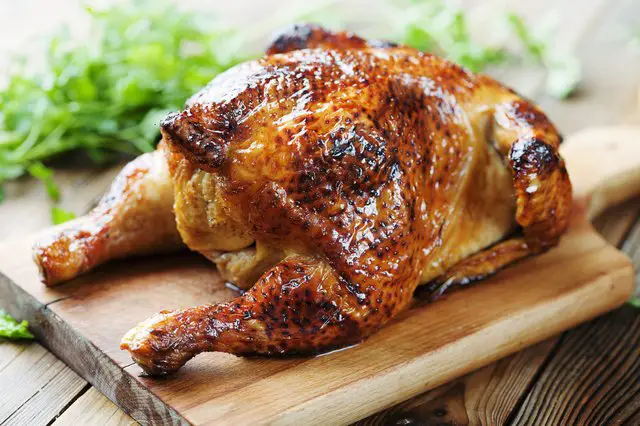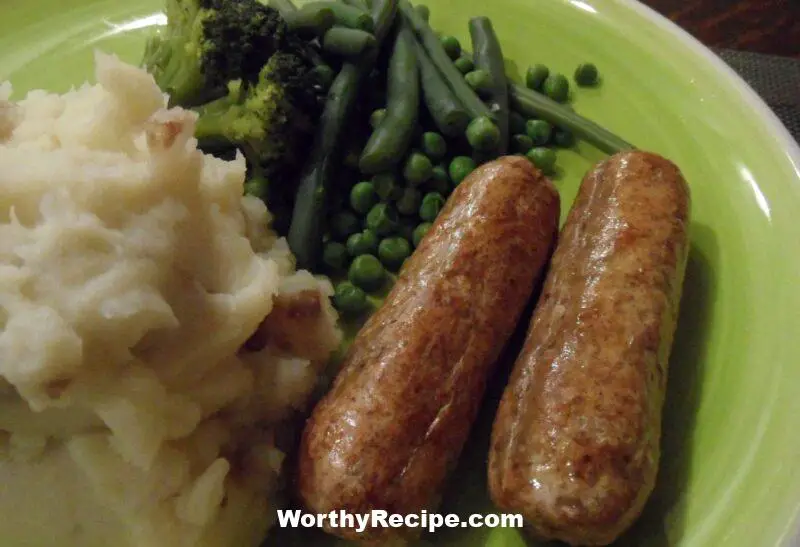Can You Boil Food in Aluminum Foil?
Introduction
Aluminum foil is a commonly used household item that has a variety of practical uses in the kitchen. It’s a thin sheet of aluminum that’s been flattened out and rolled into a long spool, making it easy to cut to size. Its versatility means it can be used for everything from wrapping up leftovers and creating makeshift cooking pans to lining baking sheets and wrapping potatoes.
However, as with any item that comes into contact with our food, it’s important to know if there are any potential health risks associated with using aluminum foil for cooking. In this article, we’ll explore whether or not it’s safe to boil food in aluminum foil, including the risks, alternatives, best practices, and more.
Is It Safe to Boil Food in Aluminum Foil?
The question of whether or not boiling food in aluminum foil is safe has been debated for some time now. Many people believe that since aluminum is a reactive metal that can be easily affected by acids or alkaline substances, it shouldn’t be used to cook food that contains these substances.
Research conducted by the World Health Organization (WHO) revealed that when food is cooked in aluminum foil at high temperatures or boiled in water containing aluminum ions, the amount of aluminum leached into the food increases. High levels of aluminum intake have been linked with several health issues such as Alzheimer’s disease and other neurological disorders.
Furthermore, according to a study published in the International Journal of Electrochemical Science, heating foods containing acidic substances such as tomatoes and citrus fruits in aluminum foil can cause an increased migration of aluminum into the food due to chemical reactions taking place between the foil and acidic foods.
While some proponents argue that boiling food in aluminum foil is safe and has no health risks, the evidence suggests otherwise. It’s best to err on the side of caution and avoid boiling food in aluminum foil.
What Happens When You Boil Food in Aluminum Foil?
When aluminum foil is exposed to high heat during boiling or cooking, it undergoes a chemical reaction that can cause it to leach into the food. This can occur even when the foil isn’t coming into direct contact with the food.
If you’re boiling foods such as vegetables or potatoes in aluminum foil, the steam that forms inside the packet can also interact with the foil, causing more aluminum to be released into your food.
The amount of aluminum that gets absorbed by the food depends on various factors like cooking time, temperature, and pH level. Higher temperatures and longer cooking times can lead to an increased migration of aluminum, especially when cooking acidic foods like tomatoes and citrus fruits.
Alternatives to Boiling Food in Aluminum Foil
If you’re looking to avoid boiling food in aluminum foil due to the potential health risks, there are several alternative cooking methods and types of cookware that you can use:
- Baking: Baking is a great alternative to boiling if you’re looking for a similar result. Instead of wrapping your food in aluminum foil, consider baking it in parchment paper or a baking dish covered with a lid or another type of cover. This method works particularly well for meat dishes.
- Grilling: Grilling your food is another great way to get a similar result without using aluminum foil. If you’re worried about losing any juices from your food while grilling, try marinating your meat before grilling or covering it with a lid while cooking.
- Glass or Ceramic Cookware: Glass and ceramic cookware are both great alternatives to aluminum foil when it comes to boiling or cooking food. They don’t react with acidic foods like aluminum does, and they’re also easy to clean.
While there are several alternatives to using aluminum foil, each option has its advantages and disadvantages. Baking and grilling can lead to less tenderized meat, while glass and ceramic cookware may not be as accessible or affordable as aluminum foil.
Factors That Affect Cooking Time and Temperature
The cooking time and temperature for boiling food in aluminum foil can depend on several factors, such as:
- The size and shape of the food being cooked: Smaller pieces of food may cook faster than larger ones. As well, some foods like potatoes may take longer to cook than others like vegetables.
- The altitude at which the food is being cooked: Food cooked at higher altitudes will take longer than foods cooked at lower altitudes due to changes in air pressure.
When cooking with aluminum foil, it’s important to keep these factors in mind to ensure that your food is cooked thoroughly and safely.
Best Practices for Using Aluminum Foil to Boil Food
If you do decide to use aluminum foil for boiling or cooking your food, here are a few tips on how to do so safely:
- Avoid using aluminum foil when boiling or cooking acidic foods: As mentioned earlier, acidic foods can react with the foil causing more aluminum leaching into the food. Stick to using glass or ceramic cookware instead.
- Use low heat when cooking with aluminum foil: Lower temperatures lead to less interaction between the foil and the food
- Avoid cooking with aluminum foil for long periods: The longer you cook your food in aluminum foil, the more aluminum it absorbs.
Following these best practices can help minimize the risks associated with boiling or cooking your food in aluminum foil.
Foods That Should Not Be Boiled in Aluminum Foil
While there are no hard and fast rules about which foods should or shouldn’t be boiled in aluminum foil, there are some general guidelines to follow based on each food’s pH level:
- Acidic foods like tomatoes, citrus fruits, and vinegar should not be boiled or cooked in aluminum foil. Instead, choose alternative cookware like glass or ceramic pots and pans.
- Foods with a neutral pH like meats, vegetables, and legumes can generally be cooked safely with aluminum foil.
- Foods with a high pH level like spinach, broccoli, and cauliflower can potentially react with the aluminum foil and cause it to leach into the food. Consider using an alternative cookware option to avoid this risk.
Recipes That Can Be Cooked Using Aluminum Foil
If you’re looking for quick recipes that can be cooked with aluminum foil here are some ideas:
- Creamy Pesto Salmon: Brush salmon fillets with pesto sauce and place them on a large piece of aluminum foil. Fold the sides of the foil up around the fish to create a packet. Bake in the oven at 375°F for 15-20 minutes until lightly browned on top and cooked through.
- Foil-Pack Chicken Fajitas: Cut chicken breasts into strips and slice up a bell pepper and onion. Combine the veggies and chicken strips on a large piece of aluminum foil. Drizzle with olive oil and sprinkle with fajita seasoning. Fold up the edges of the foil to create a packet and bake in the oven at 400°F for 20-25 minutes until cooked through.
- Baked Potatoes: Place washed and pierced potatoes on a piece of aluminum foil. Sprinkle with salt and pepper and drizzle with olive oil. Fold the edges of the foil up around the potatoes to create a packet, and bake in the oven at 425°F for 45-60 minutes until tender.
Remember to follow best practices when using aluminum foil for cooking or boiling food, even with these recipes.
Conclusion
While aluminum foil can be a handy tool for cooking or boiling some foods, it’s important to understand the potential risks associated with its use. Based on various research studies, we recommend avoiding boiling or cooking acidic foods in aluminum foil due to increased risks of aluminum contamination.
If you’d still like to use aluminum foil for cooking or boiling your food, make sure you use it safely by following our best practices. Alternatively, consider using alternative cookware options such as glass or ceramic pots and pans.
Resources and Further Reading
- Potential health hazards of eating aluminum leached from aluminum foil used as a food container
- Aluminium Level in Food: A Guide for Vegetarians
- Effect of pH on aluminum leaching from contaminated soil by organic acids: Kinetics and mechanism
- WHO Fact Sheet on Aluminum in Drinking Water
Can you boil food in aluminum foil?
If you’re looking for a way to cook your food without using pots and pans, wrapping it in aluminum foil might seem like a good idea. However, is it really safe to boil food in this type of packaging? Let’s explore the topic with these frequently asked questions.
1. Is aluminum foil safe for boiling food?
The answer is not a straightforward yes or no. It depends on the type of food you want to boil and for how long you plan to do it. Aluminum foil can leach into acidic foods, like tomatoes or citrus fruits, especially when exposed to high temperatures or prolonged cooking times. This can pose health concerns such as aluminum toxicity or neurodegenerative diseases.
2. Are there any benefits of boiling food in aluminum foil?
Yes, there are certain benefits that come with boiling food in aluminum foil. For instance, it helps to retain the moisture and nutrients of the ingredients while keeping them in one place. Additionally, it saves you time and energy by eliminating the use of pots and pans.
3. What precautions should I take when boiling food in aluminum foil?
- Avoid using acidic ingredients or marinate them beforehand
- Make sure that the food is wrapped tightly with no gaps or holes
- Avoid touching hot aluminum foil with your hands
- Use a long pair of tongs or a heat-resistant utensil to handle the package
- Avoid eating the charred or burnt parts of the foil
4. What are some alternatives to boiling food in aluminum foil?
If you’re looking for ways to cook your food without pots and pans, you can opt for other packaging materials such as parchment paper or banana leaves. You can also use cooking methods such as grilling, baking, or steaming.
5. What foods are suitable for boiling in aluminum foil?
You can boil a variety of foods in aluminum foil, such as vegetables, fish, and chicken. To avoid the leaching of aluminum into your food, make sure to marinate the ingredients beforehand or use a marinade that is not acidic. Additionally, monitor the cooking time to prevent overcooking.
